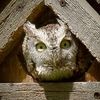Stilts
Nov 17, 2013 12:02:43 #
I got some shots of these the other day and now wish I'd read the post on getting birds with high dynamic range. I used spot metering but probably should go back and try again. I should also mention that these are heavily cropped.
Any thoughts?
Any thoughts?
1
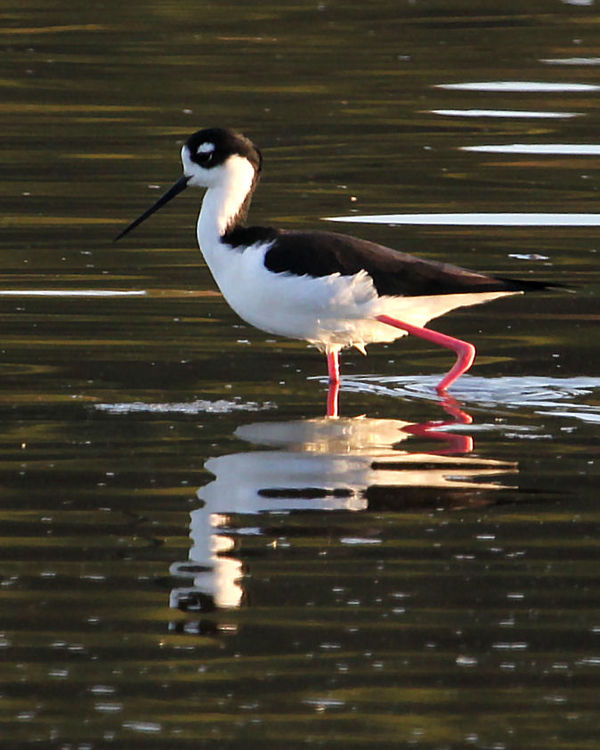
2
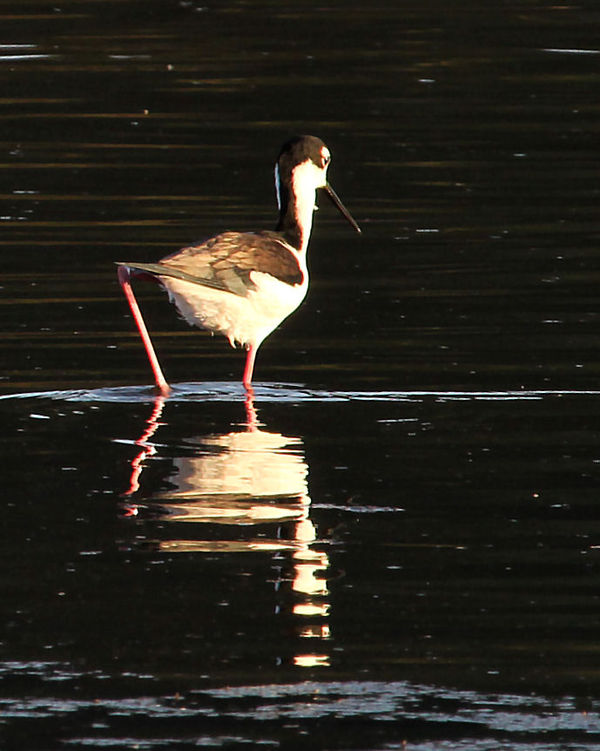
3
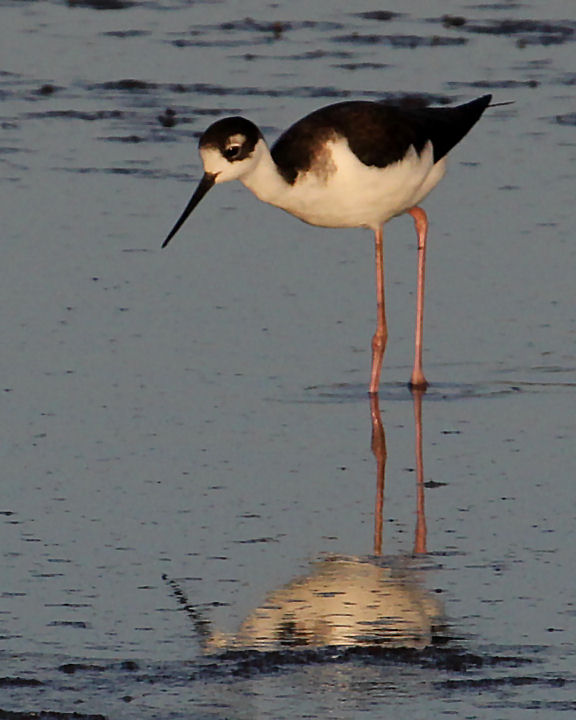
4
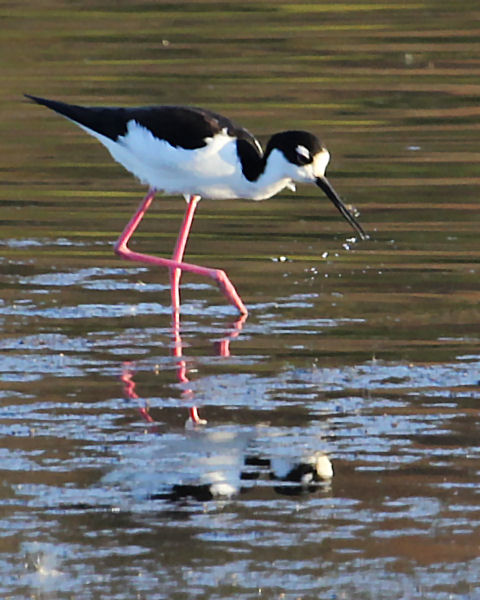
Nov 17, 2013 21:12:19 #
Think you already know the closer you get the better the shot. You'll also come to lean Lighting is everything for Great shots. I use to photograph birds, sun up to sundown, ISO800 and slow 1/60 shutter speed in any and all types of light. Now I try to get my shots 8am to about 10:30 and 3:30 to 5:30 ISO200 and below, shutter speed at least 1/1000 and aperture F/8 and smaller. In these examples you just learned the limits of your camera lens combo, either it be subject to far away or to harsh of light ect. Now learn to shoot around these conditions, sticking closer to the conditions your set up gets better photos and work along those lines. Listen to your camera and your photos will get better. Just something to think about.
Nov 17, 2013 21:35:33 #
fstop22 wrote:
Think you already know the closer you get the bett... (show quote)
Thanks so much. You are so right about listening to the camera. The more I use it, the better I understand it and the more everything makes sense.
Nov 30, 2013 14:28:36 #
vicksart wrote:
I got some shots of these the other day and now wish I'd read the post on getting birds with high dynamic range. I used spot metering but probably should go back and try again. I should also mention that these are heavily cropped.
Any thoughts?
Any thoughts?
Very nice Vicki, great little wading bird. I use spot metering all the time, f/5.6 with a 1.4X, so about f/8 or lower, without the extender, ISO no higher than 400, but mostly 200, highest shutter speed for the conditions and available light, and always shoot from 7:am til 10am, don't know what your setting were.
Nov 30, 2013 17:47:58 #
gregoryd45 wrote:
Very nice Vicki, great little wading bird. I use spot metering all the time, f/5.6 with a 1.4X, so about f/8 or lower, without the extender, ISO no higher than 400, but mostly 200, highest shutter speed for the conditions and available light, and always shoot from 7:am til 10am, don't know what your setting were.
These were shot late afternoon (between 4:00 and 5:00). All were spot metering, ISO 400, and aperture priority. I played with f stops 5.6, 7, and 11, and the shutter speeds varied accordingly at 1/1000, 1/500, and 1/250. I think the 200 ISO would have been better, and now can't remember what my rationale was for the higher setting. Little by little, I'm learning to pay closer attention to the settings and how they work together.
Thanks for the advice. I really value your opinion.
Dec 1, 2013 16:22:46 #
gregoryd45 wrote:
Very nice Vicki, great little wading bird. I use spot metering all the time, f/5.6 with a 1.4X, so about f/8 or lower, without the extender, ISO no higher than 400, but mostly 200, highest shutter speed for the conditions and available light, and always shoot from 7:am til 10am, don't know what your setting were.
Not to beat a dead horse here but spot metering of birds that have large white and black areas can be problematic. If you spot meter off the white part you will underexpose the image. If you meter off the black area, you will overexpose it. What is the correct exposure? About half way between the two. This is why I suggest using some neutral gray reference such as the palm of your hand, green grass in the same light, a gray tree, the blue sky at a 45 degree angle and the sun behind you, etc.
#2 and #3 above are examples of this where one is overexposed and the other underexposed, I believe, because of where the metering spot was placed. #1 and 4 appear to have had enough shadow area on the white that exposure was closer to the ideal but still show some blocked out whites. In the end, sometimes when the light is very harsh, it is impossible to get the entire tonal range accurately represented in our picture. We can only hope for better technology in the future.
Dec 1, 2013 16:54:08 #
birdpix wrote:
Not to beat a dead horse here but spot metering of... (show quote)
Thanks for this information. Much of this is still so foreign to me. I'm not sure how I go about doing what you've suggested. Do I aim at my hand, green grass or sky with the shutter pressed half way to get a reading and then go to manual mode to adjust the settings to maintain them? I've been depending on the camera to figure out much of this as you've noted after setting the ISO and aperture to what I think will work with the lens.
My biggest goal has been to get things in focus, but that effort is obviously defeated when the detail in the dark and light areas is missing. I've been trying to get out either earlier or later in the day when the light isn't so strong to compensate for bad camera skills. I would really like more control and a better understanding of how to get everything right in the camera. Anything you or anyone else can add is really appreciated.
Dec 1, 2013 18:12:36 #
vicksart wrote:
Thanks for this information. Much of this is still... (show quote)
Remember Vicki, that we are talking about a specific circumstance: that of having a wide dynamic range bird. The real skill is being able to recognize situations when your meter is likely to be mislead. This will come with experience and being analytical about what you have done. In other words, always asking why or how did this happen?
Don't get discouraged. You have progressed quite a lot in the past months and are learning and growing in a way that most don't. Your eagerness to learn is a great asset!
Dec 1, 2013 19:12:36 #
birdpix wrote:
Remember Vicki, that we are talking about a specif... (show quote)
Is there a general rule of thumb for when to use what type of metering?
I've also had problems with birds turning out too dark when they have much lighter backgrounds . Maybe I should set up a situation and try different metering modes to see what kind of results I get. Keeping a journal might help until it all becomes a bit more instinctive. Would this be a productive approach?
Dec 1, 2013 21:28:08 #
vicksart wrote:
Is there a general rule of thumb for when to use what type of metering?
I've also had problems with birds turning out too dark when they have much lighter backgrounds . Maybe I should set up a situation and try different metering modes to see what kind of results I get. Keeping a journal might help until it all becomes a bit more instinctive. Would this be a productive approach?
I've also had problems with birds turning out too dark when they have much lighter backgrounds . Maybe I should set up a situation and try different metering modes to see what kind of results I get. Keeping a journal might help until it all becomes a bit more instinctive. Would this be a productive approach?
Vicki; In my original response to your question, I inserted an answer in the quote. I'm not sure you saw it so check it closely.
Yes, keeping a journal and doing your own experiments will go a long way in helping you to internalize the technical aspects of photography. It is not enough to just read about something, you must go out and do it yourself. And you need to do it over and over again.
Here is a link that is a good explanation of the different metering modes and when to use them: http://www.digital-photo-secrets.com/tip/2879/which-is-best-spot-center-weight-or-matrix-metering/
If you want to reply, then register here. Registration is free and your account is created instantly, so you can post right away.



